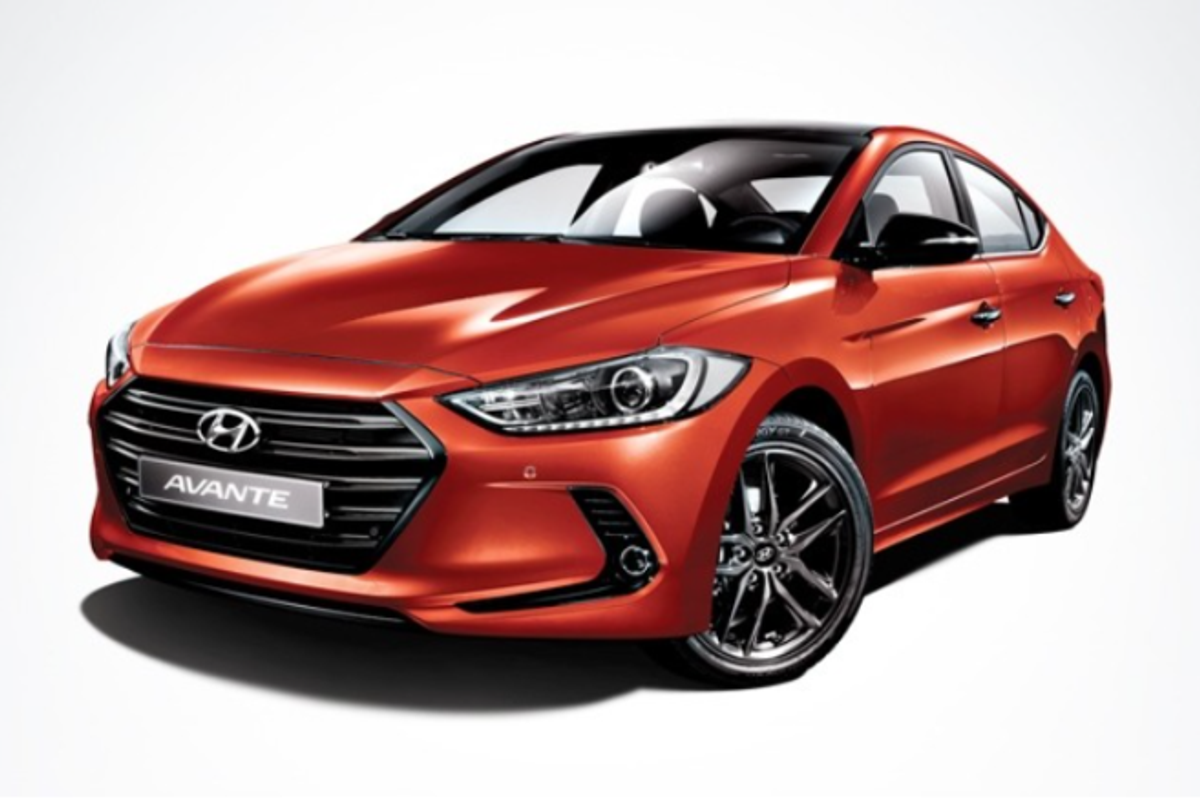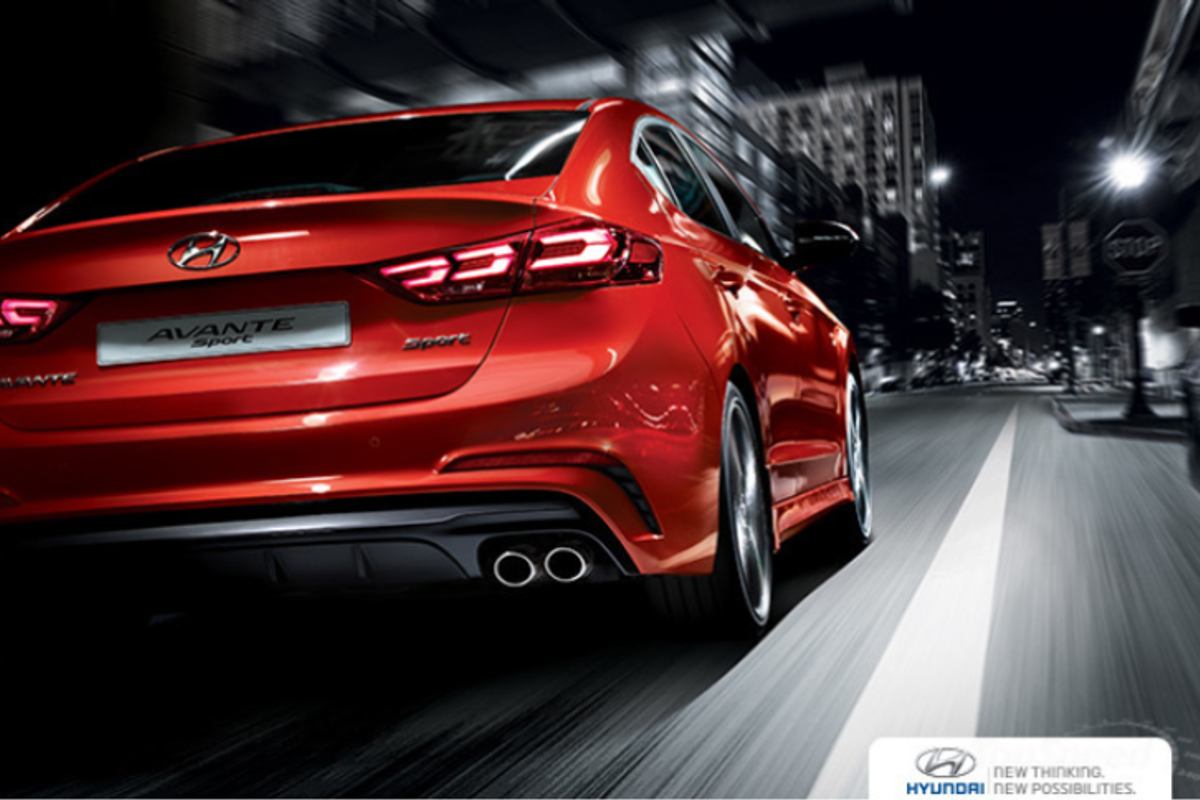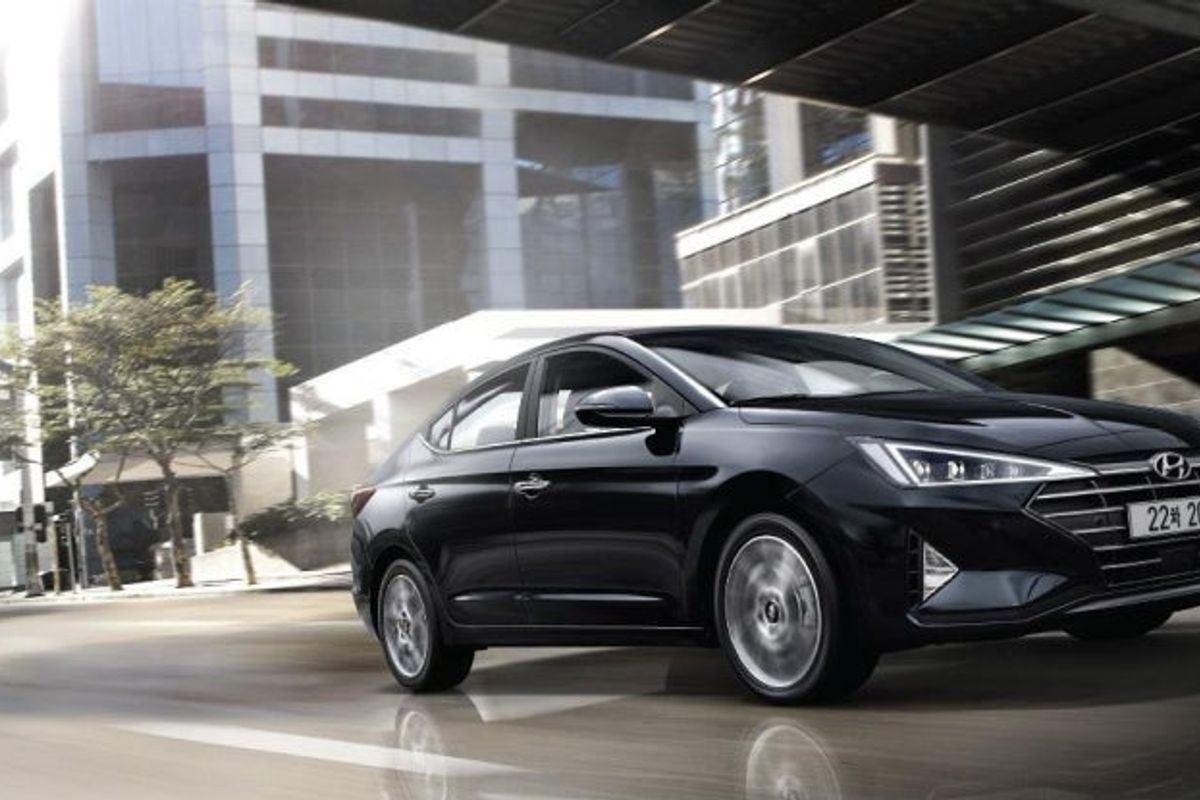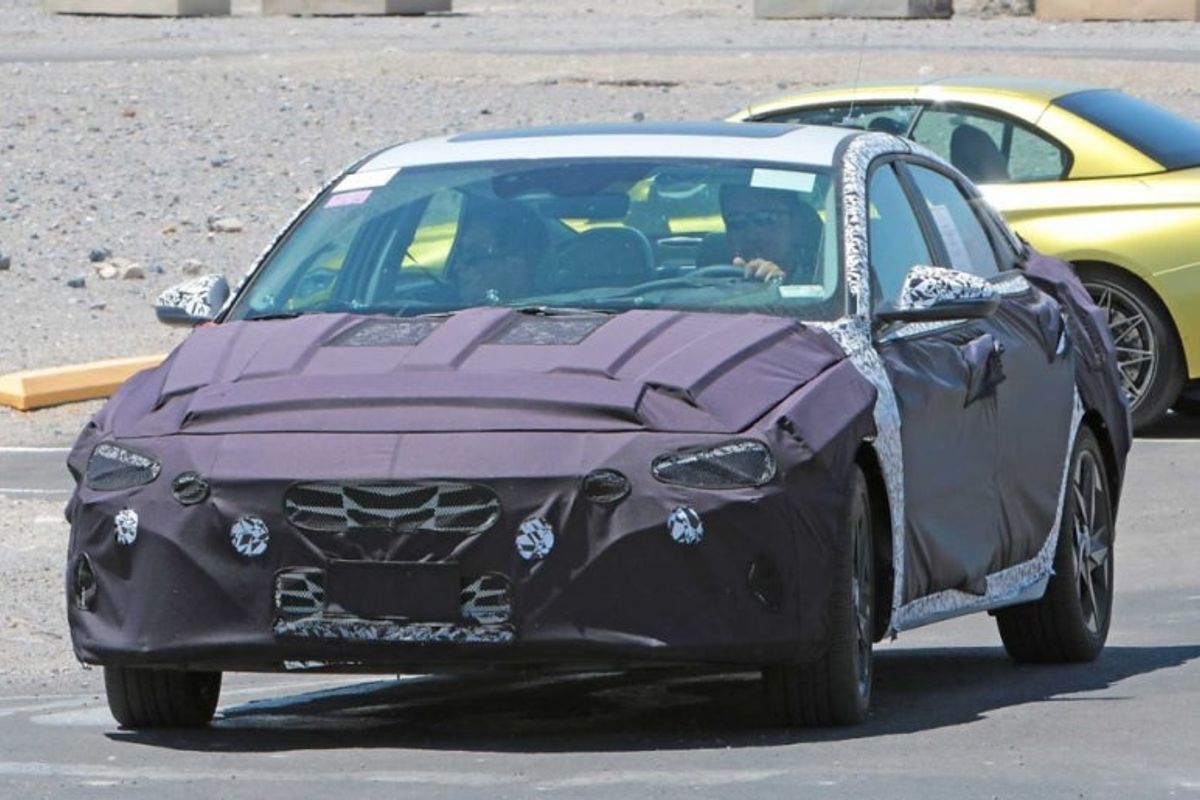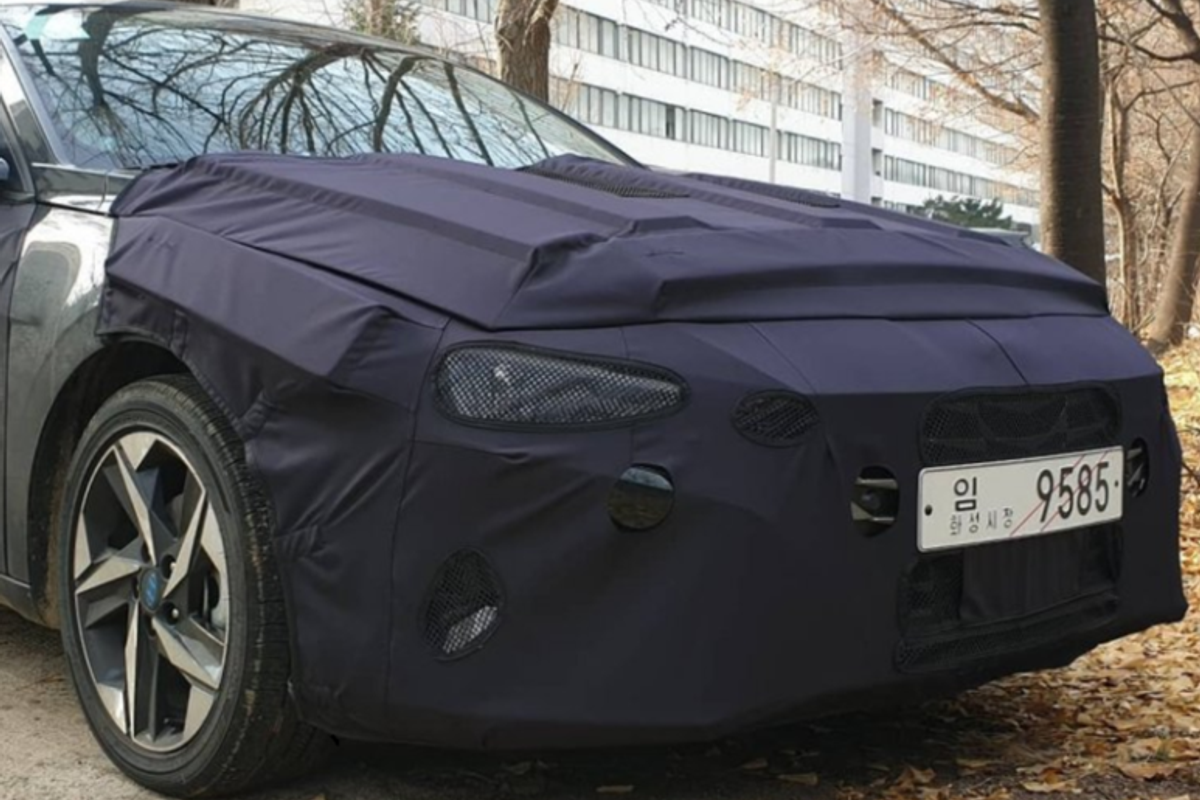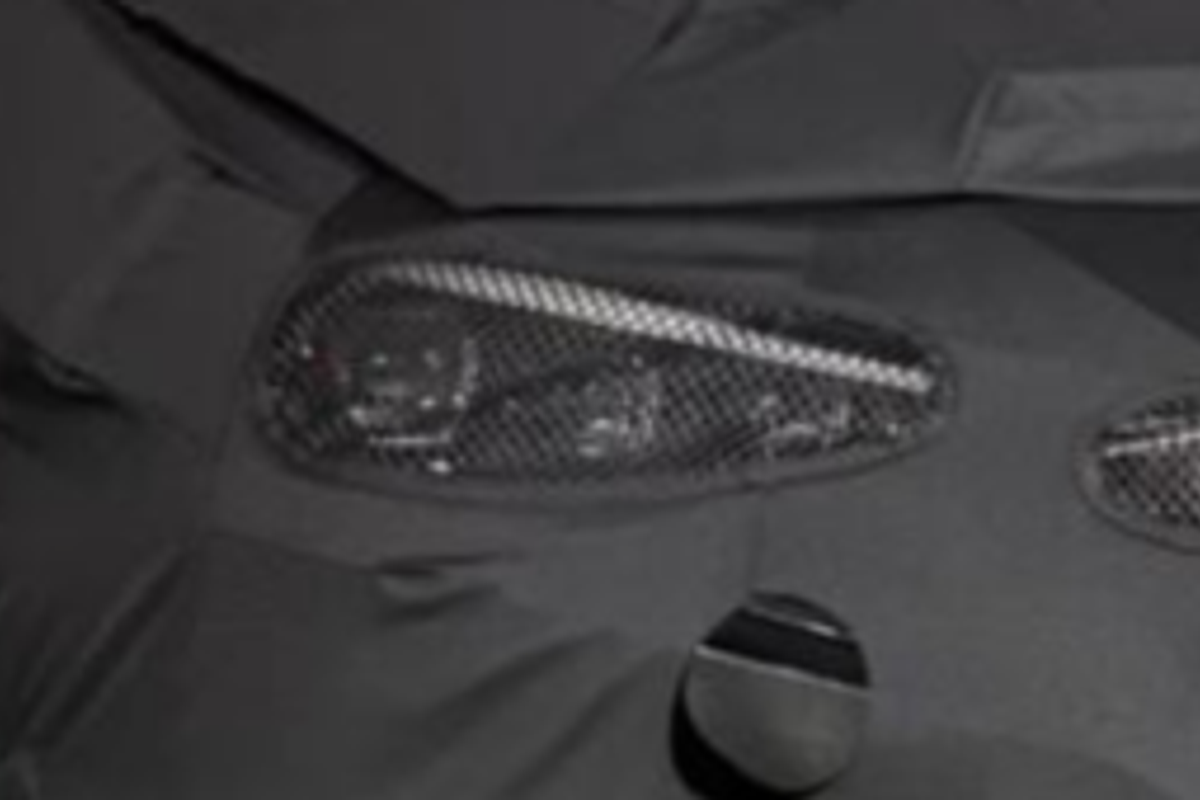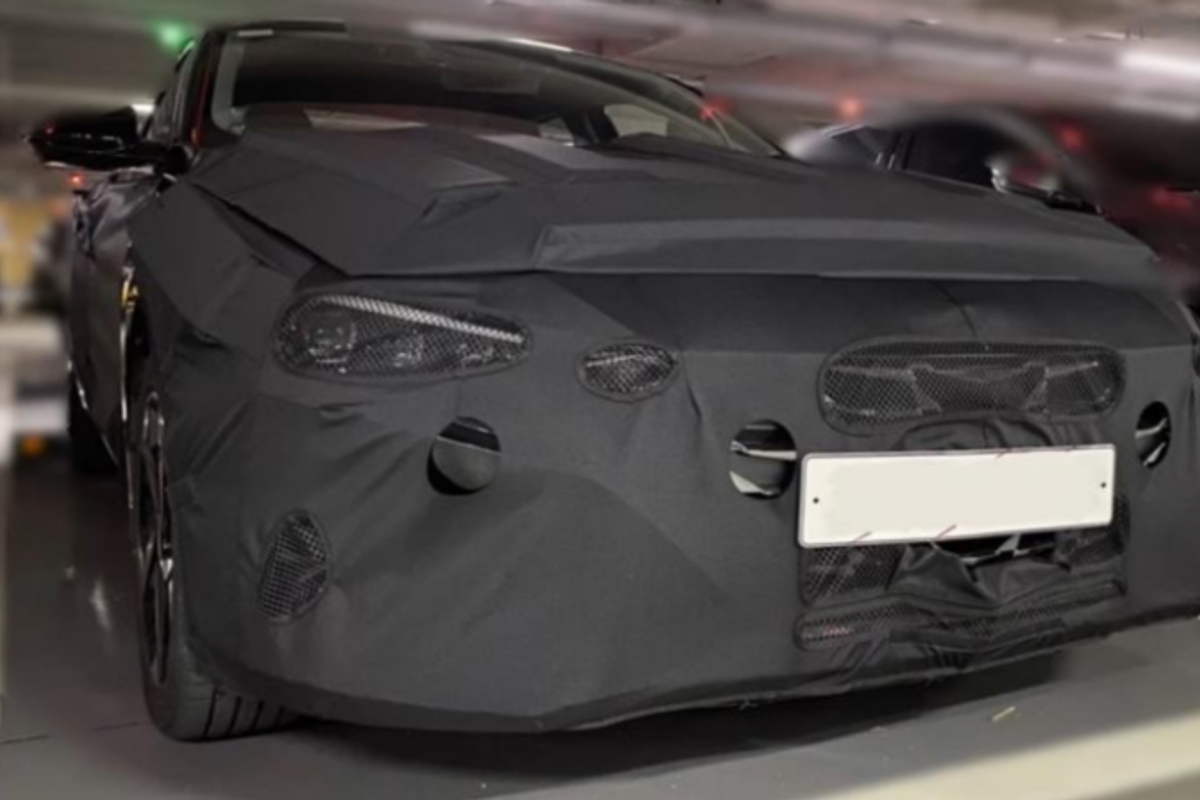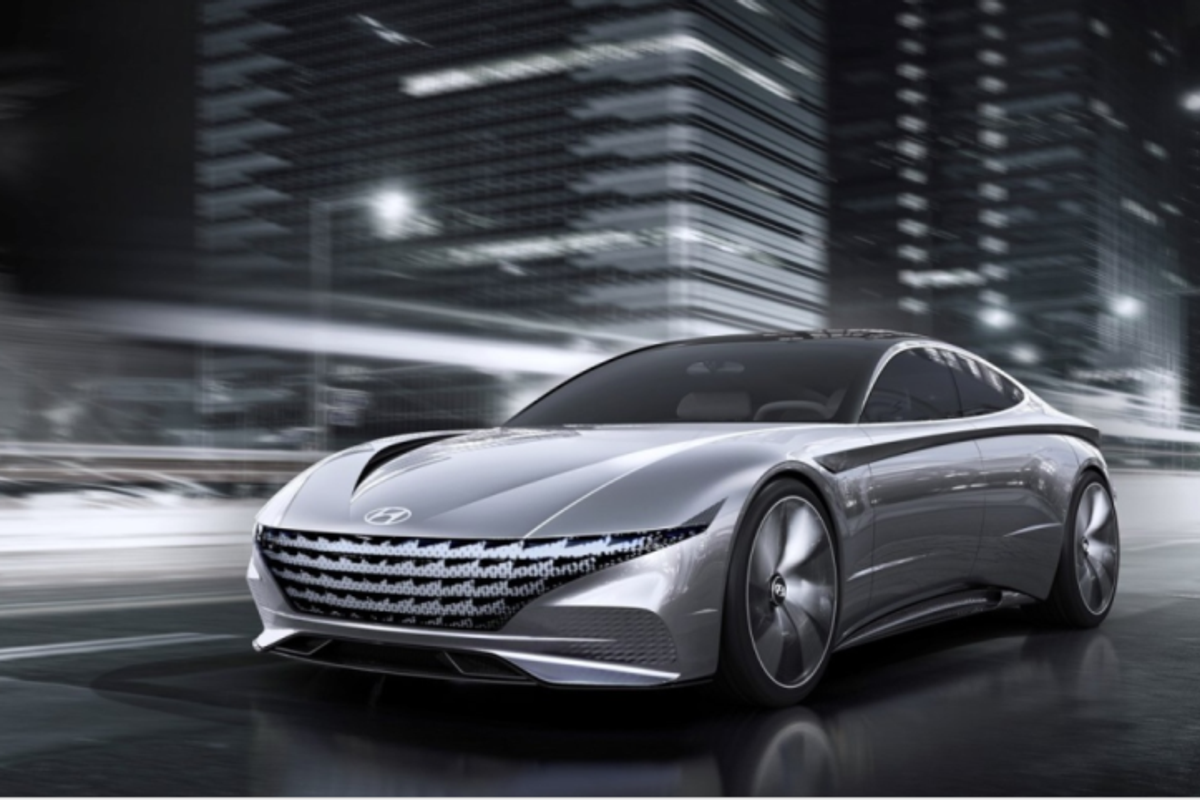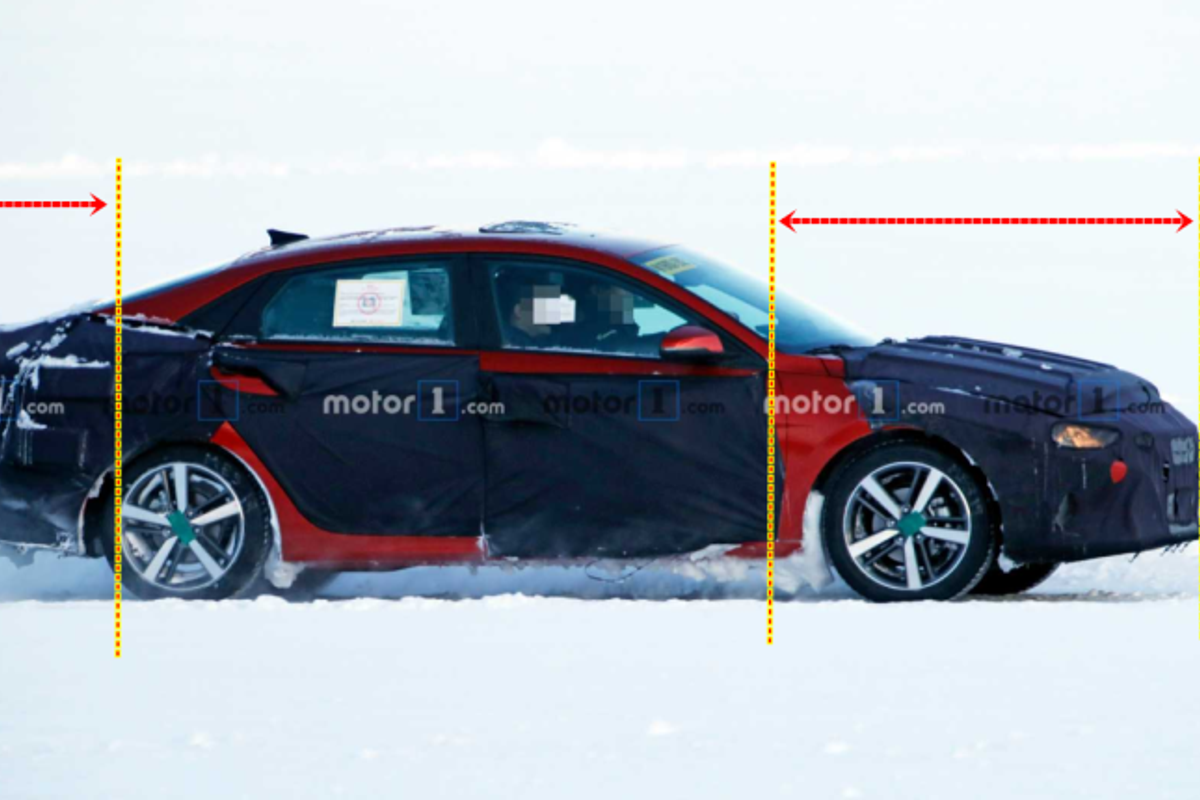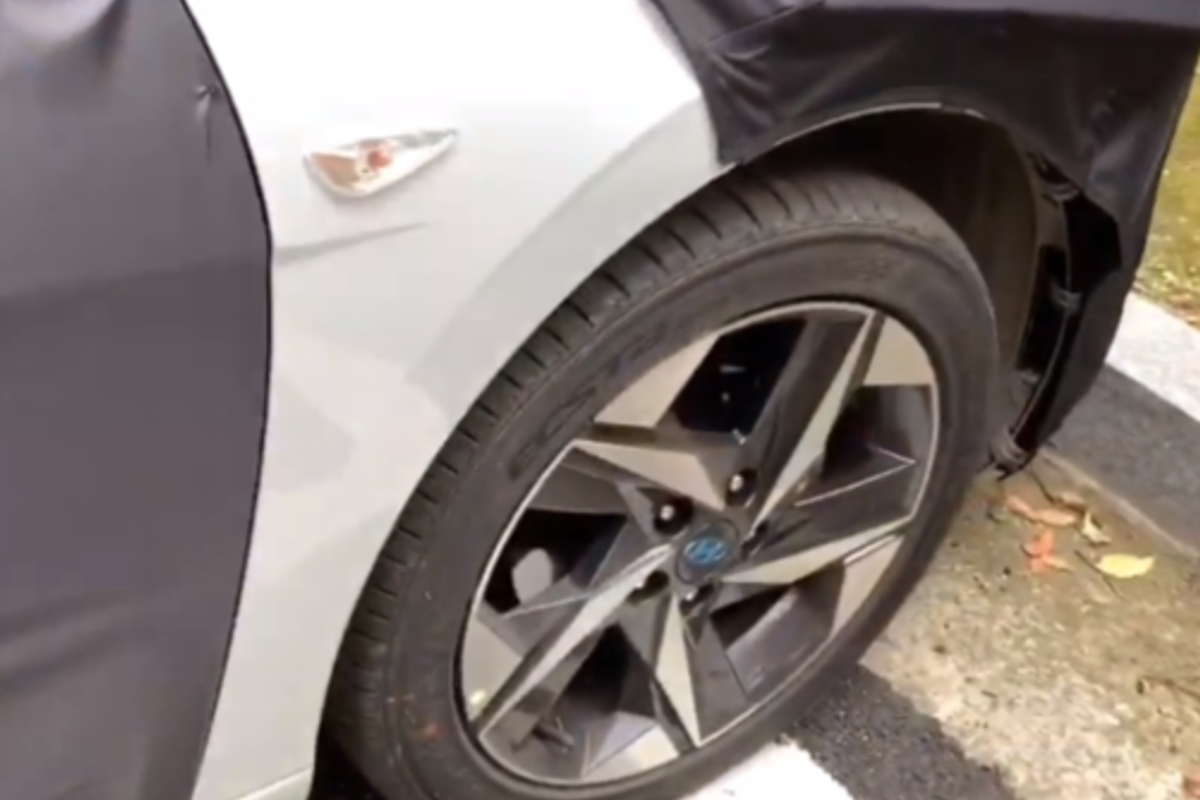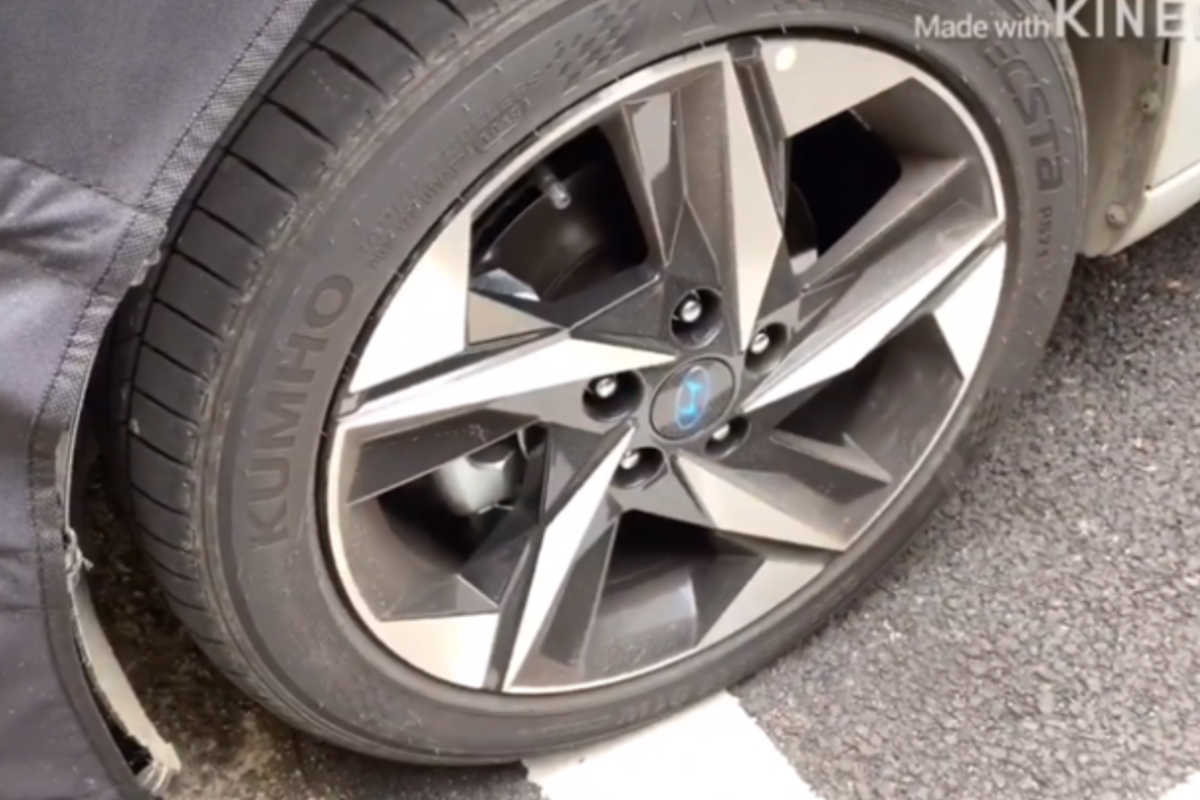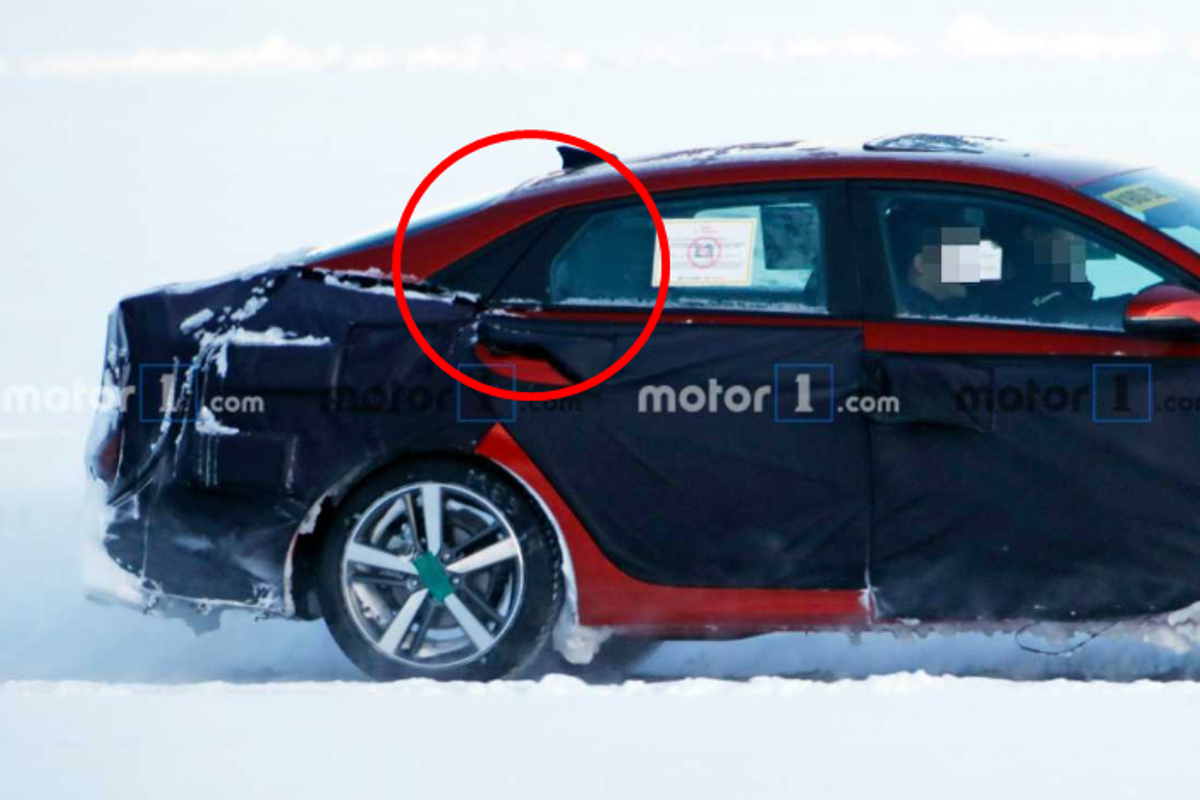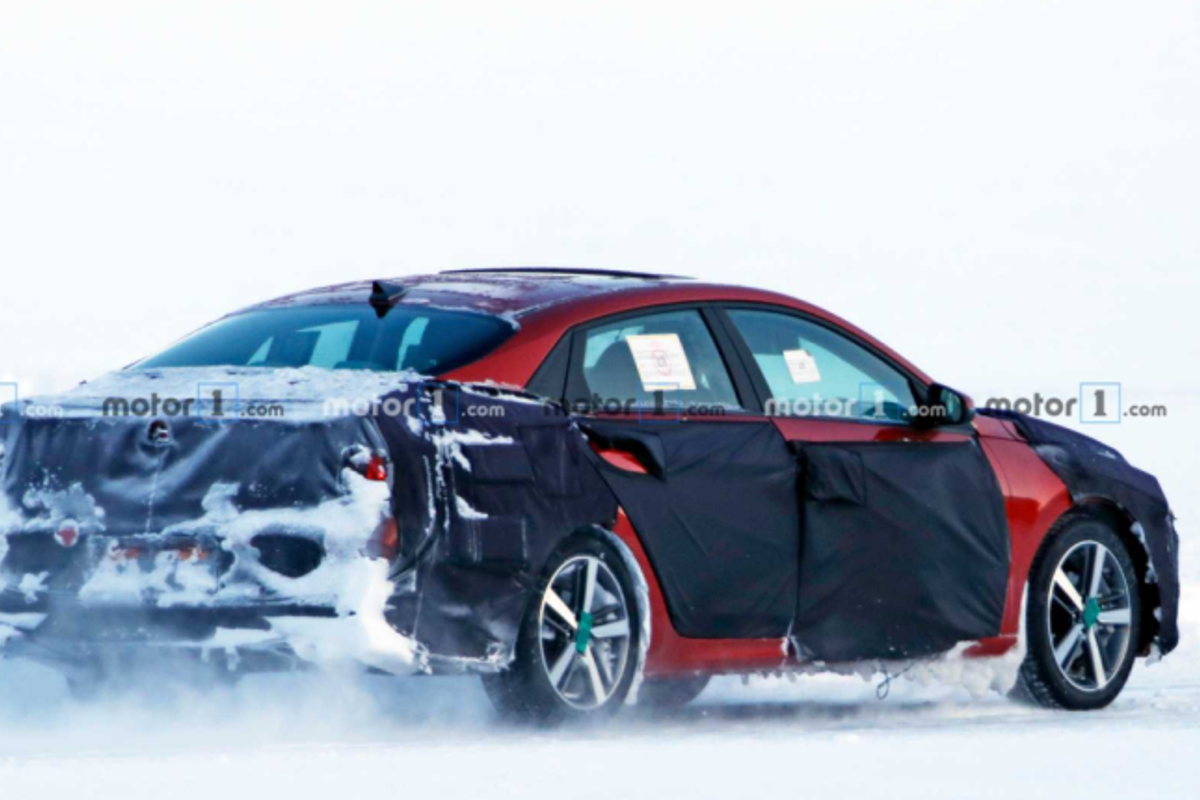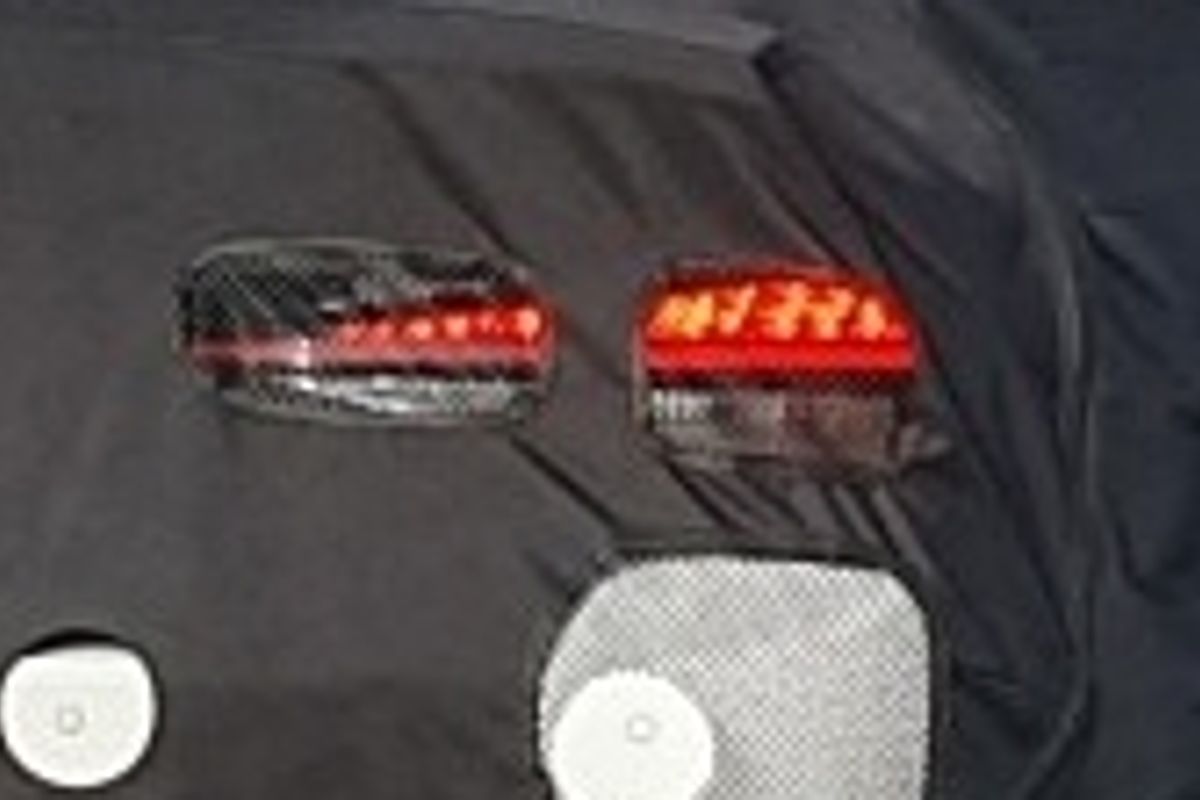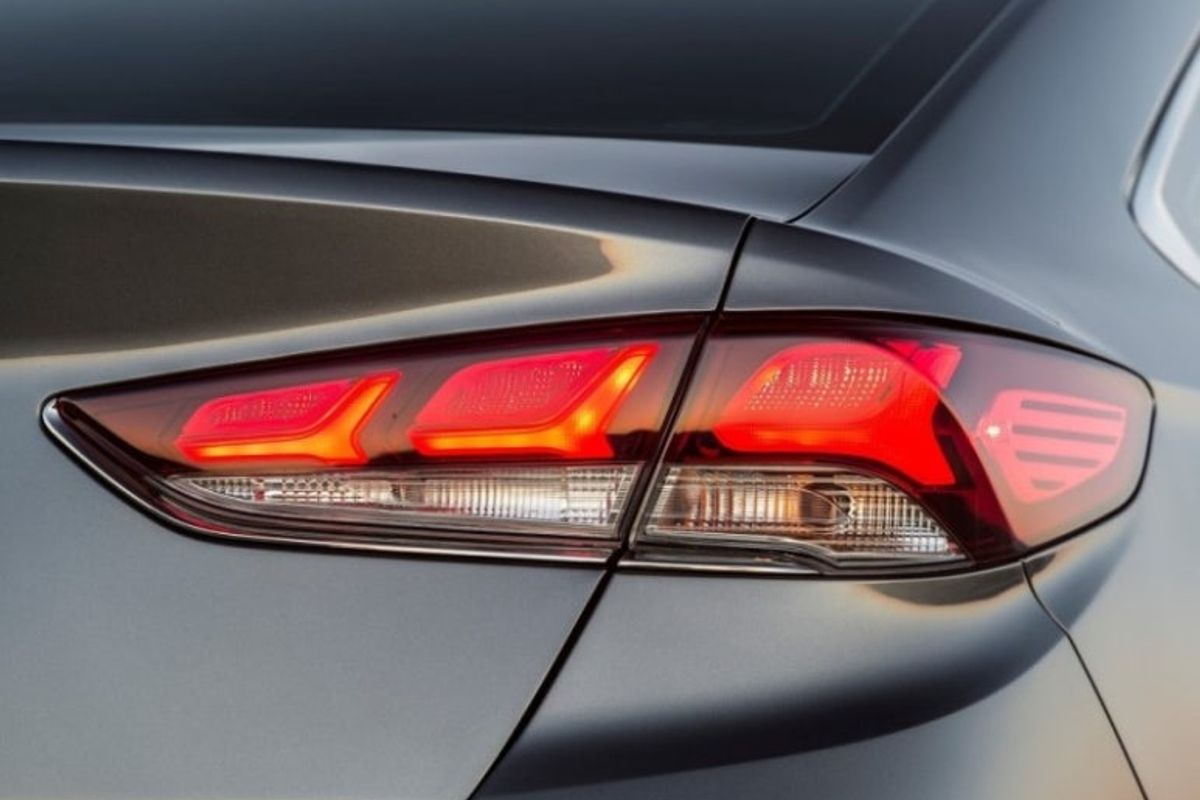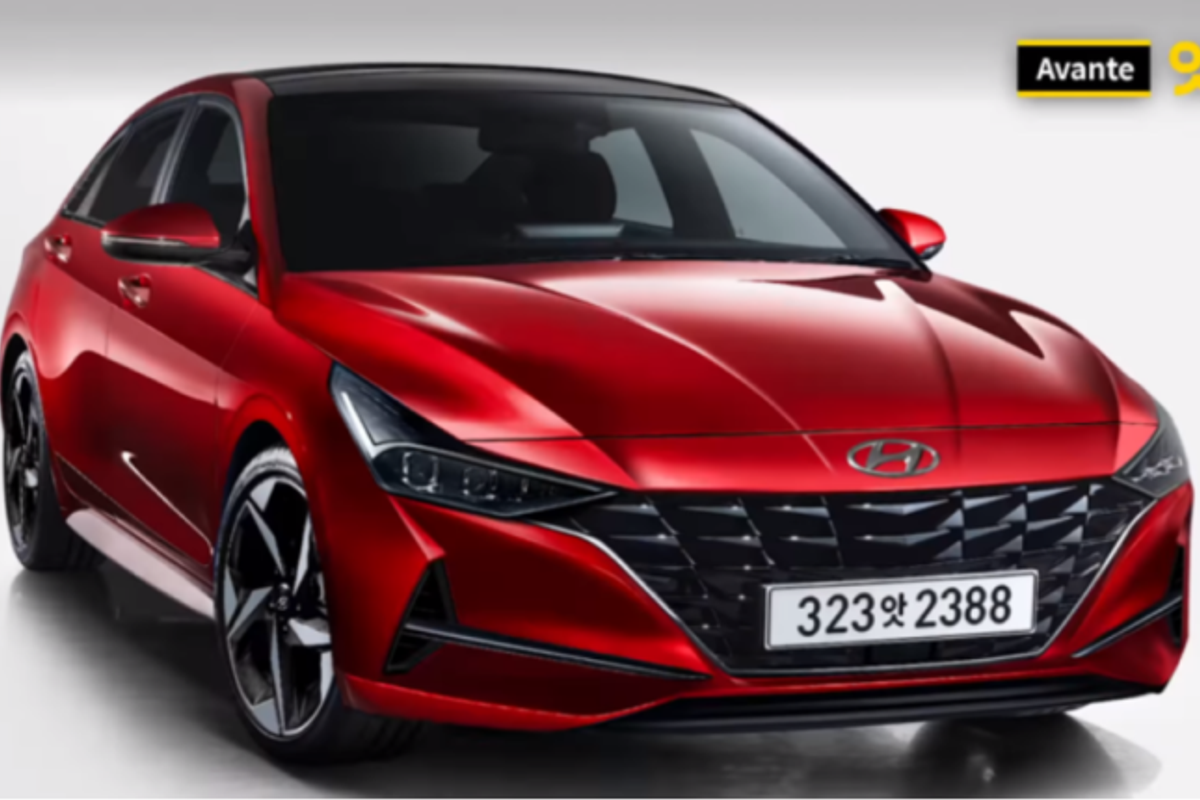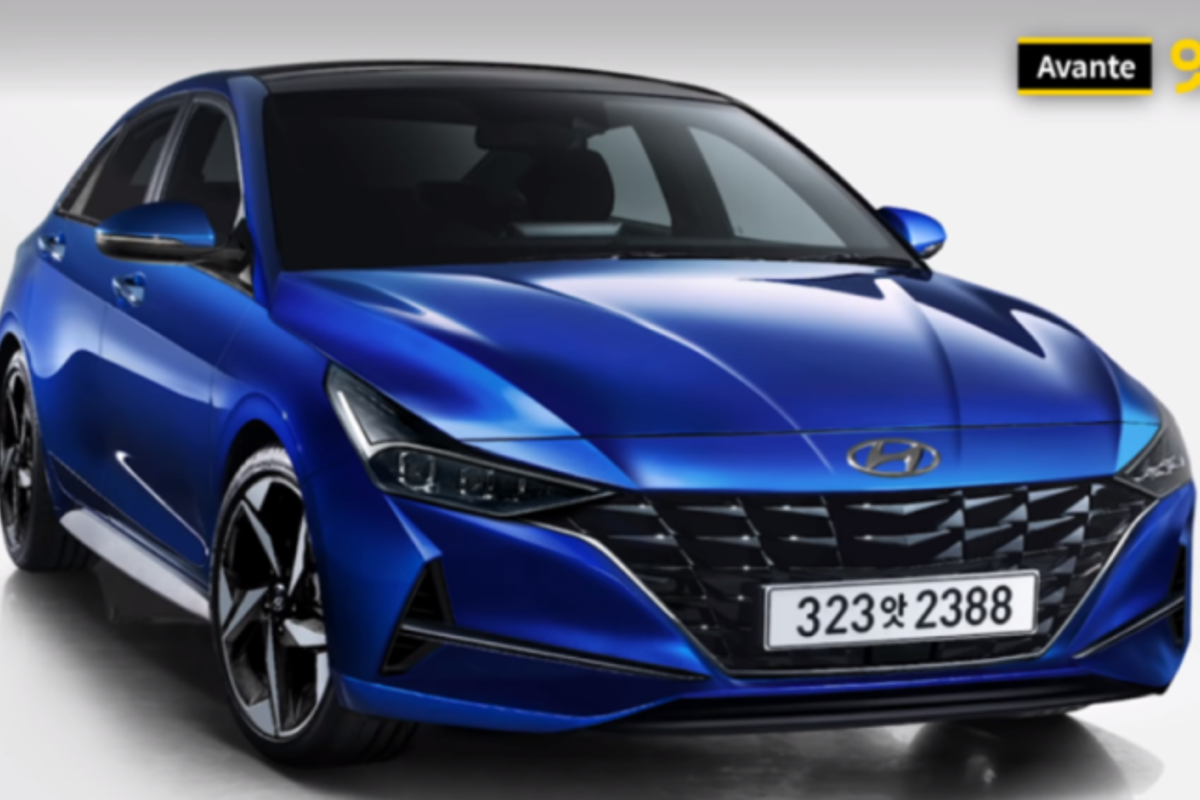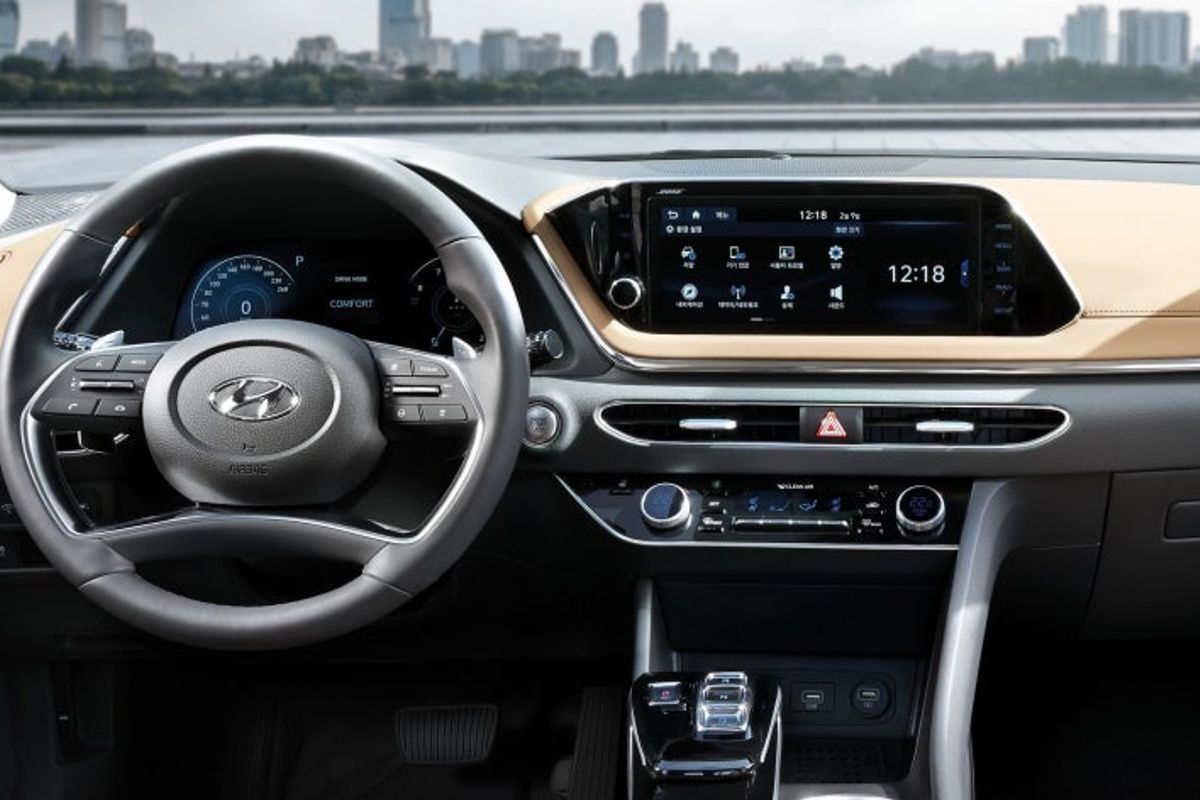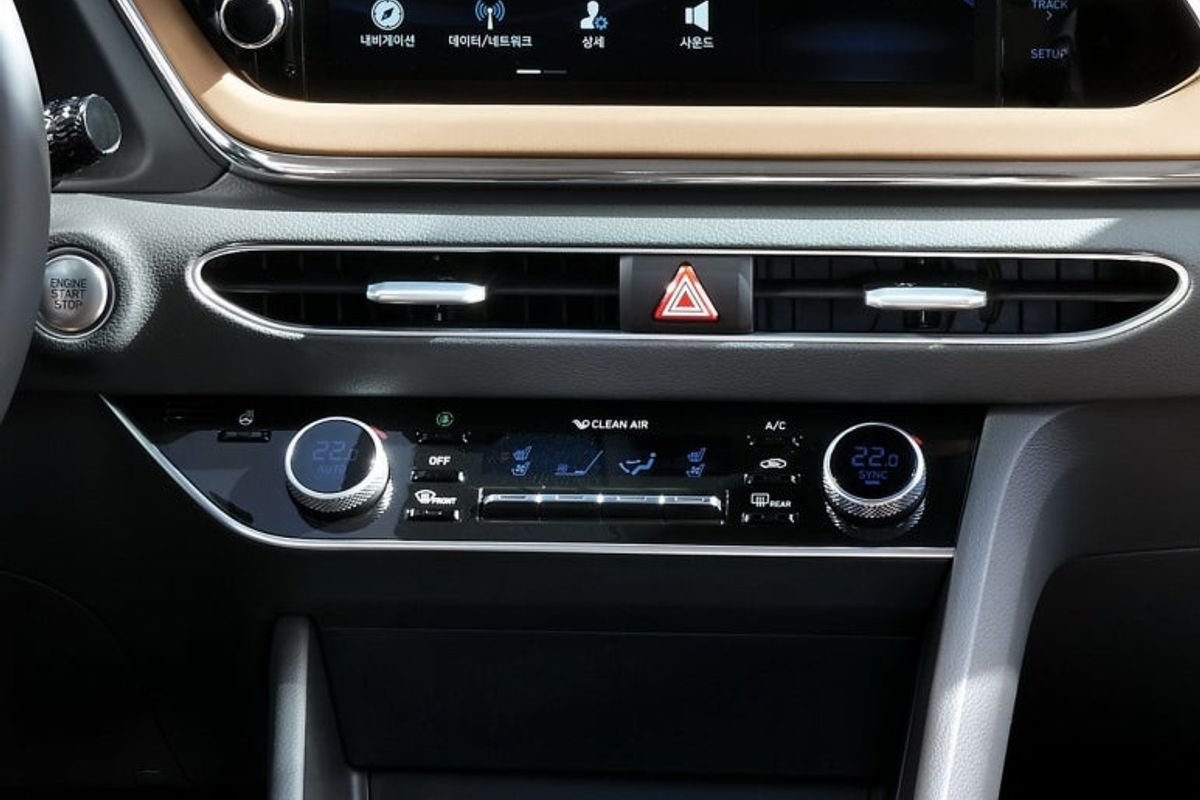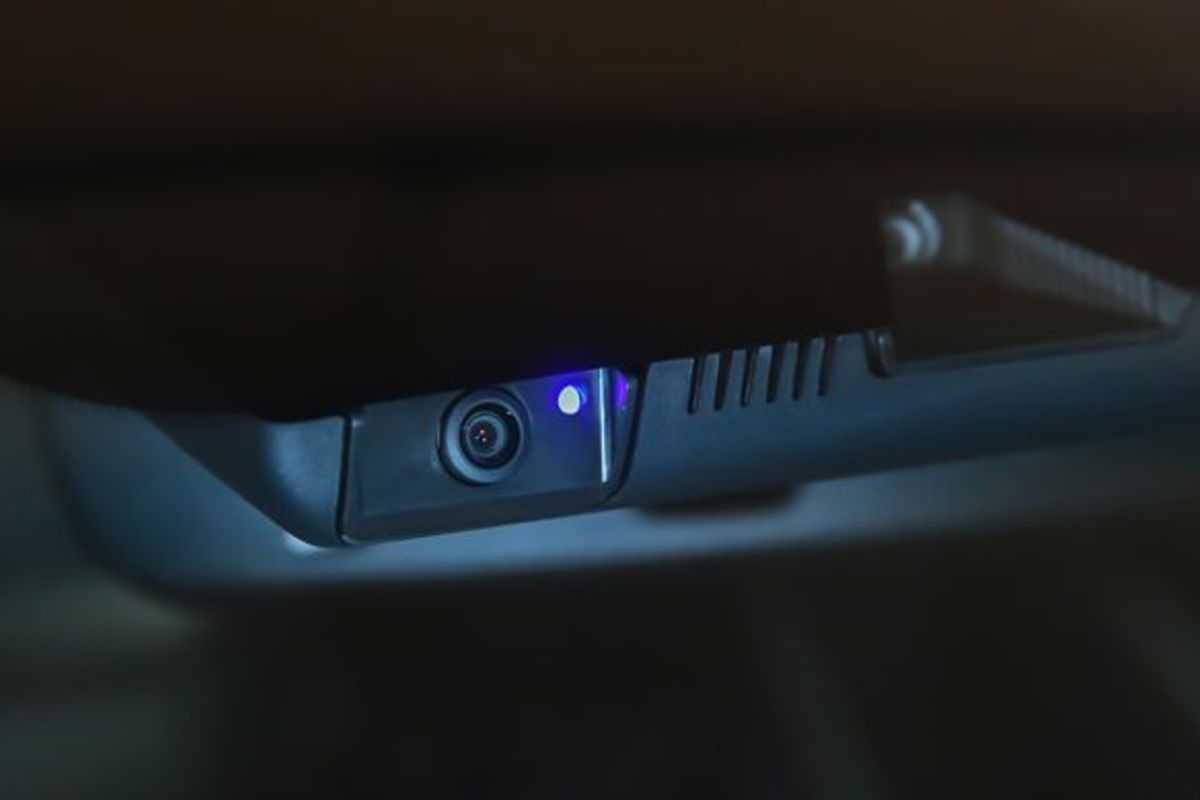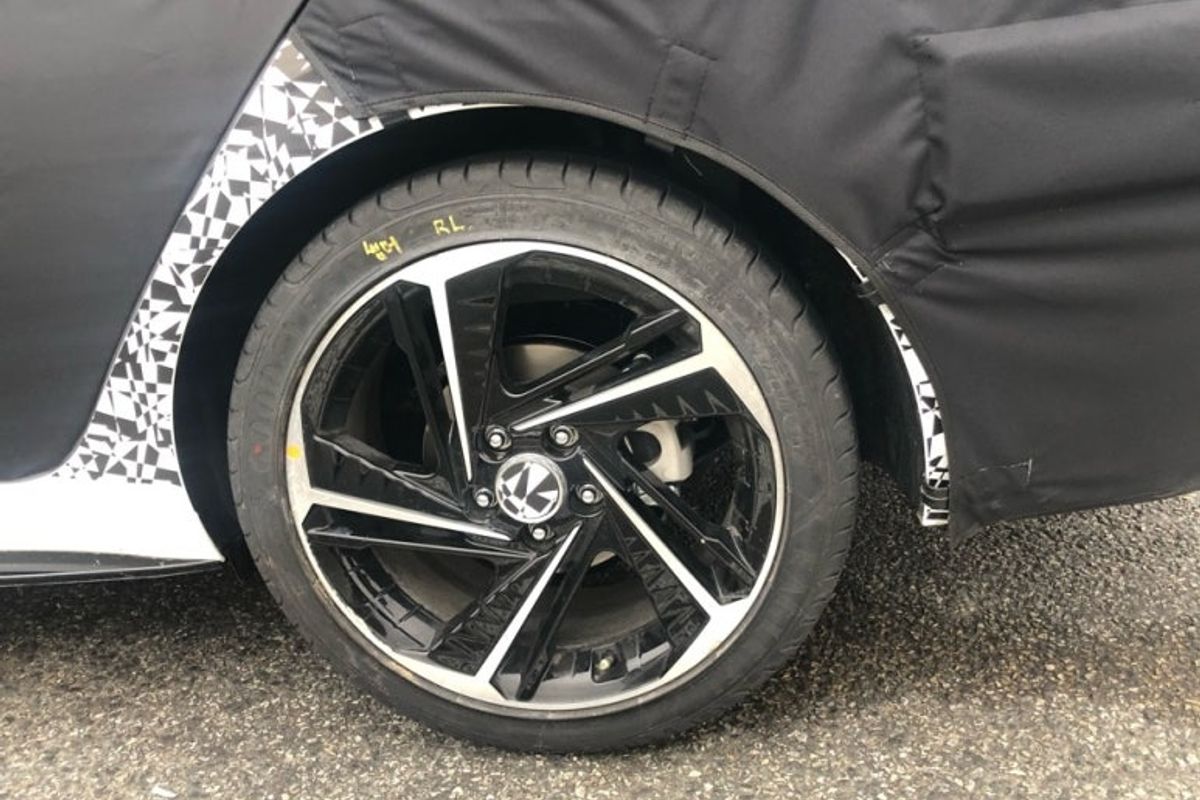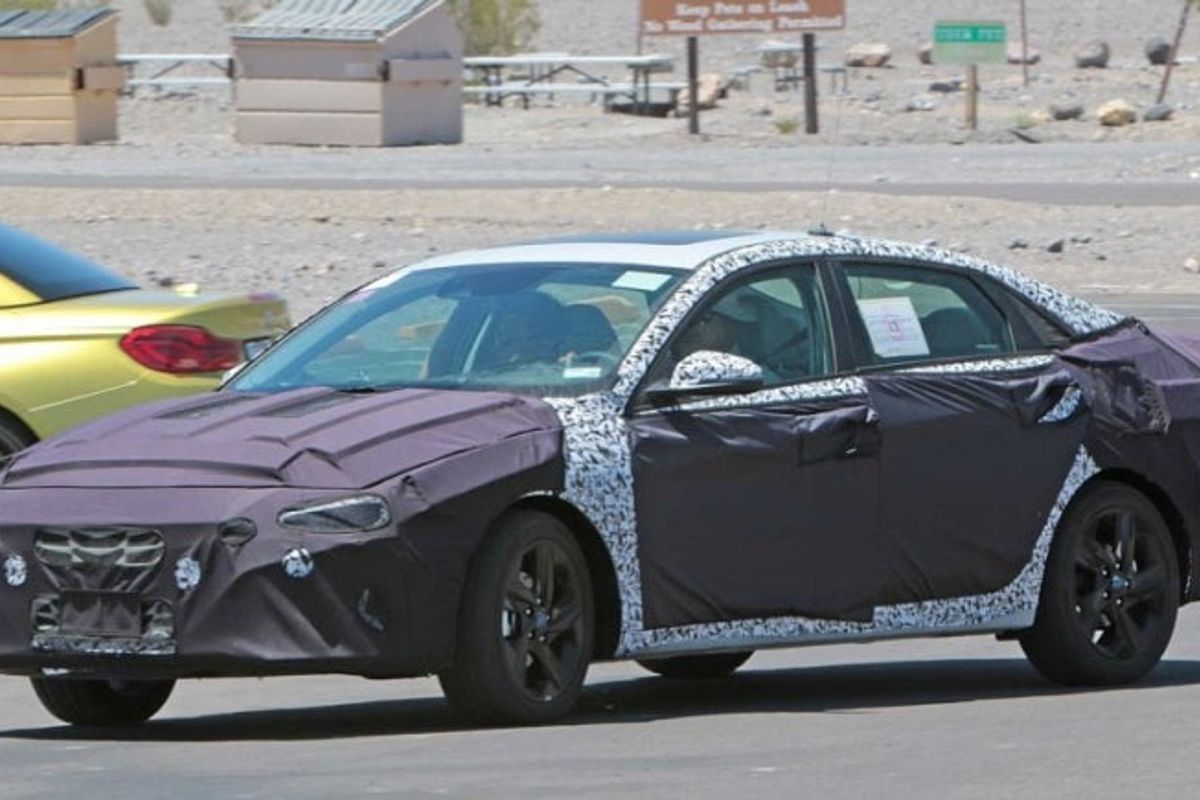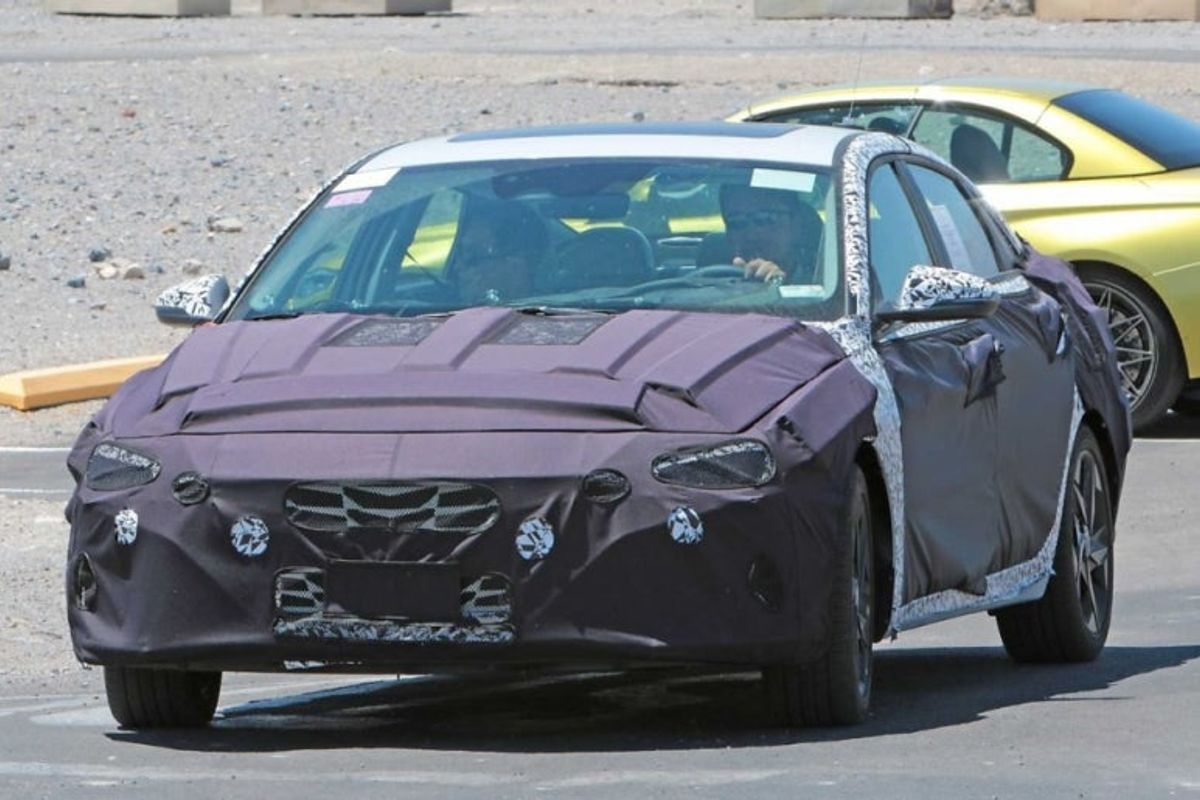The sporty design and starting price in the low $20,000s have captured the hearts of young consumers for the Hyundai Elantra.
In 2016, Hyundai introduced the 'Elantra AD Sport,' equipped with a 1.6 turbo engine, targeting drivers seeking a more sporty driving experience. Compared to the normal version, it offered a reasonable price and the option of a 6-speed manual transmission, which further boosted its popularity.
Even now, with the new model released, many people are taking advantage of the affordable second-hand market to make their purchases. This vehicle seems to have achieved great success in sales.
In any vehicle, maintaining the status quo without change can be seen as stubbornness.
Automakers strive to enhance convenience features and address existing issues with their vehicles as each year passes.
The Elantra AD underwent a facelift after nearly two years. This update not only brought design changes but also introduced the segment's first 'Safety Exit Assist' feature, along with parking assistance systems and driver attention warnings.
However, I suspect that the design might be the biggest 'black mark' in the history of the Elantra. It received the nickname resembling Pokémon's 'Chiri-gong,' and many netizens expressed their dislike, resulting in significant criticism.
Perhaps due to this influence, we have seen the Elantra's successor being tested earlier through various automotive media.
The successor to the Elantra, codenamed CN7, is currently under development. While the design remains hidden under camouflage, some undisclosed details have leaked ahead of its expected release in March.
Thus, in this post, I will introduce the leaked information regarding the Elantra (CN7).
Design
Most consumers looking to purchase a compact car like the Elantra are in their 20s and 30s.
This makes the design aspect quite significant. Particularly, the design of the KIA K3, which is closely related to the competition, has turned out very well, so the Elantra (CN7) must evolve into a design that can appeal to younger consumers.
The higher trims are expected to feature the same LED headlights previously found in the Elantra AD F/L. In particular, the left photo shows three LED bulbs positioned, while the right photo suggests that the daytime running lights (DRL) will be located above them.
Especially with the camouflage obscuring exact details, it seems likely that the full redesign will introduce a more aggressive headlamp design. ^^
The front end of the Elantra (CN7) features a uniquely shaped grille that dominates the design, making a significant statement through the camouflage.
Several upcoming vehicles from Hyundai are expected to adopt the 'Le Fil Rouge' grille design on their front ends, and this grille style seems to be confirmed for the camouflaged Elantra (CN7).
Additionally, the turn signals previously located on the lower part of the bumper will likely be removed, making way for air intakes instead.
The side photos of the testing vehicle suggest a longer appearance compared to the existing Elantra AD. While this is not a direct side shot, the application of the third-generation platform has indeed increased the length by 55 mm, width by 25 mm, and wheelbase by 20 mm.
The overall height has decreased by about 25 mm. Even from the photos, the distance from the hood to the front bumper and from the rear tire to the rear bumper appears noticeably longer than in the previous generation.
The variety of wheel types observed on the testing vehicles has been quite diverse.
As always, different trims and engine specifications will likely differentiate the designs. The second and third photos show wheel designs very similar to those of the newly released Grandeur IG F/L. With a tire size of 225/45 R17, these wheels appear to be of relatively high specifications, but we can see that the fender has side repeaters installed.
Additionally, despite most recently released vehicles featuring Michelin tires as standard, this vehicle appears to have Kumho tires installed.
It's uncertain whether these tires were installed solely for testing purposes or if they are part of the production model. ^^;;
The unique design of the C-pillar stands out. While it remains to be seen how it will change in the production model, all A to C pillars are finished in matte black without any chrome molding or high gloss treatment. Of course, the Elantra has never featured high gloss treatment on its pillars before.
However, if they had partially finished them in high gloss, it would have added a touch of luxury, which is somewhat disappointing.
The new Elantra (CN7) features a design that closely resembles a straight line from the rear glass to the trunk lid.
Similar to the recently released KIA K5 (DL3), it gives off a fastback impression at first glance. ^^
The left photo shows the rear lamps of the Elantra (CN7) illuminated during testing in Korea. It bears a striking resemblance to the shape of the Sonata New Rise previously sold by Hyundai.
The rear lamps also connect with a thin line, reminiscent of the recently released KIA K5 and K7, which may illuminate like a light strip when the parking or low beams are on. ^^;
The images above are renderings of the Elantra (CN7) by YouTuber 'Ah-Cha.' They showcase the wheels, grille, and headlights, and they bear a striking resemblance to the leaked designs so far. ^^
Ah-Cha also rendered the Sorento (MQ4), and it closely matched the images of the actual vehicle released, which was quite surprising. I expect the Elantra will be released similarly to the renderings. If the design is as good as this, I personally think it looks great. It seems significantly improved compared to the previous Elantra AD facelift.
Targeting the 20 to 30 age demographic, the design appears quite sporty. ^^
Sonata (DN8) convenience features carryover
The new Elantra (CN7) will inherit convenience features from the recently released Sonata (DN8). A 10.25-inch digital instrument cluster, which has been used in recent Hyundai and Kia models, is expected to be included, and higher trims will offer two different instrument cluster options.
The central monitor will also feature the same 10.25-inch size, and vehicle-sharing services via near-field communication (NFC) along with a built-in camera option will be added as well.
This means that various options, typically seen in mid-size vehicles, will now be available in compact cars as well. ^^
New changes for the Elantra (CN7)? Additional information
With the transition to the seventh-generation Elantra, the existing Elantra Sport will be released as the N Line version. This decision seems aimed at promoting Hyundai's high-performance N brand naming.
Unlike the normal version, the N Line will feature 18-inch wheels with tires sized 235/40R18, a rear spoiler, twin exhausts, and N branding on the front fenders and seats. The engine specification will likely include a 1.6T engine with either a DCT or an 8-speed automatic transmission, instead of the 2.0T engine typical for N Line models.
According to an i30 Members member who spotted the Elantra (CN7) N Line test vehicle, the exhaust sound is quite similar to that of the i30 N Line. ^^
The normal version is expected to feature the Smartstream Gamma 1.6 MPI engine and a CVT automatic transmission. The 1.6 LPI engine will also undergo minor improvements without significant changes. Additionally, hybrid and plug-in hybrid versions are expected to be introduced later.
Recently, various hybrid versions have been launched across compact cars and SUVs. While they may be less burdensome on the environment compared to gasoline or diesel, I hope they remain free from durability issues and defects.
The most significant change appears to be the platform shift. As previously mentioned, the new Elantra (CN7) will utilize a third-generation platform.
Thanks to this, the overall length, width, and wheelbase will increase compared to the existing body. The low center of gravity design will not only lower the height but also achieve a weight reduction of about 50 kg. ^^
As the space increases, it will enhance passenger comfort and, with the same engine performance, the weight reduction will improve acceleration and fuel efficiency. I eagerly anticipate the performance changes in the new Elantra (CN7).
The new Elantra (CN7) will officially begin mass production in March, with the official launch expected around the same time.
However, due to the recent COVID-19 pandemic, the supply of automotive parts produced in China has faced disruptions.With so many new vehicles set to launch in March, I worry that there may be further delays.
Regardless, I believe the Elantra will lead the compact car segment. I hope it captures consumers' hearts without any initial defects.
This concludes today's post. Thank you.
- 2020. 02. 10 By. Baek Moon-jo
